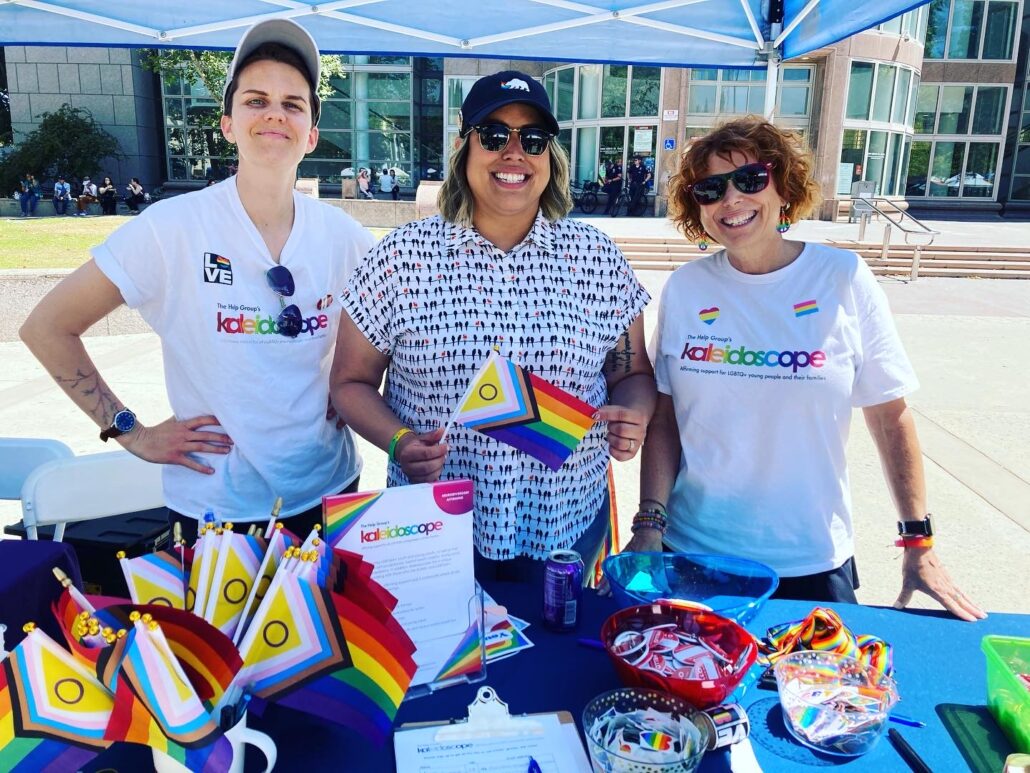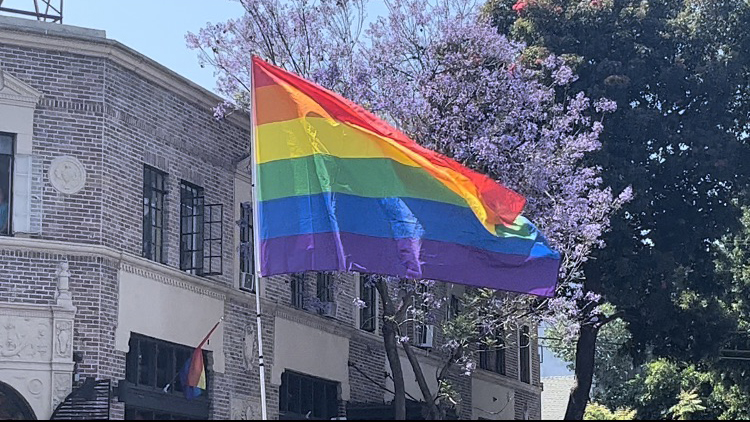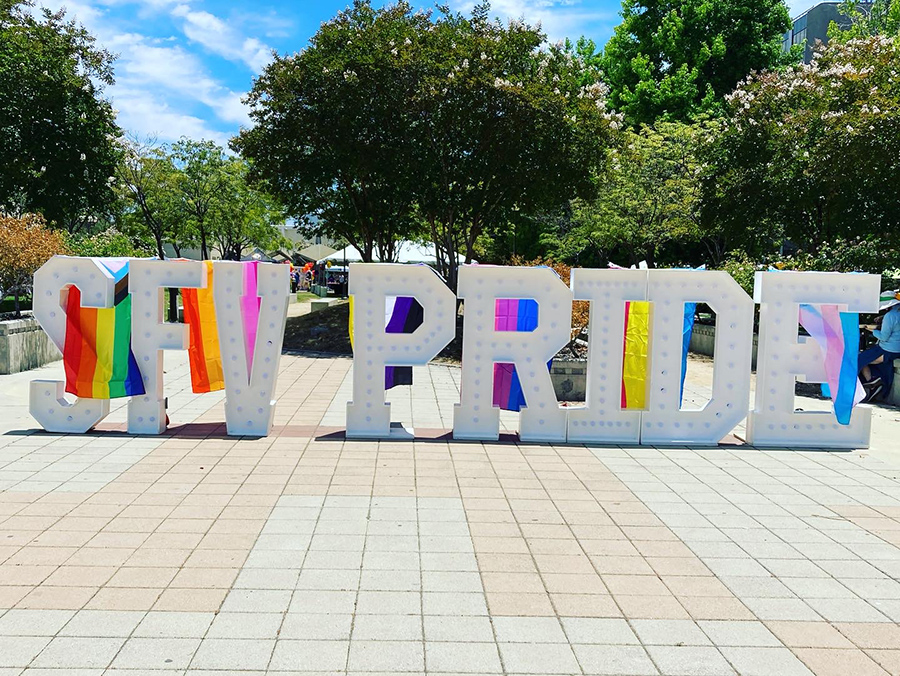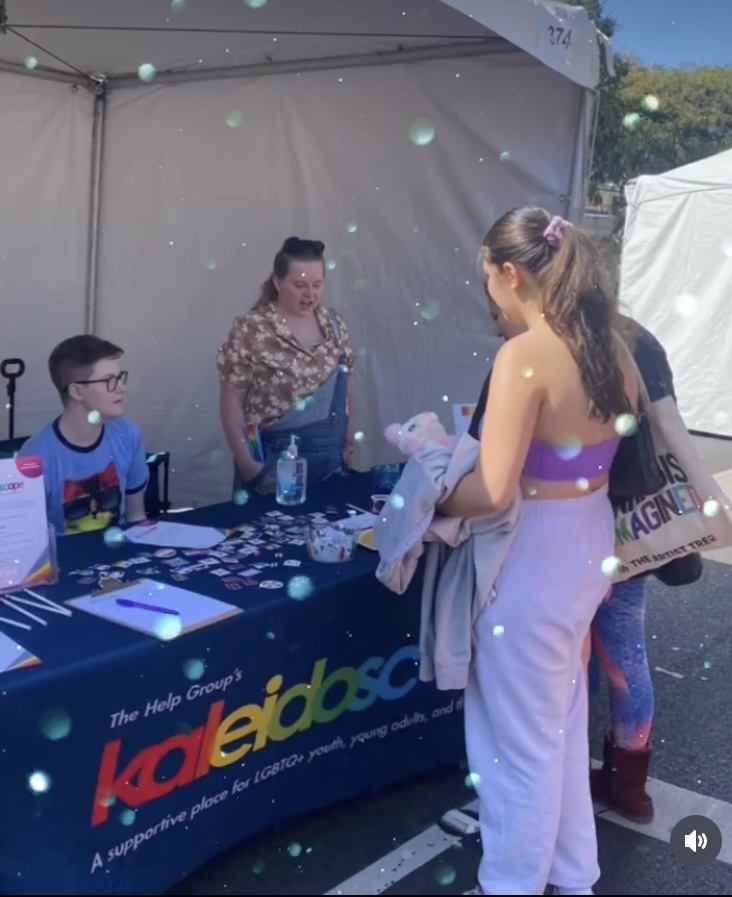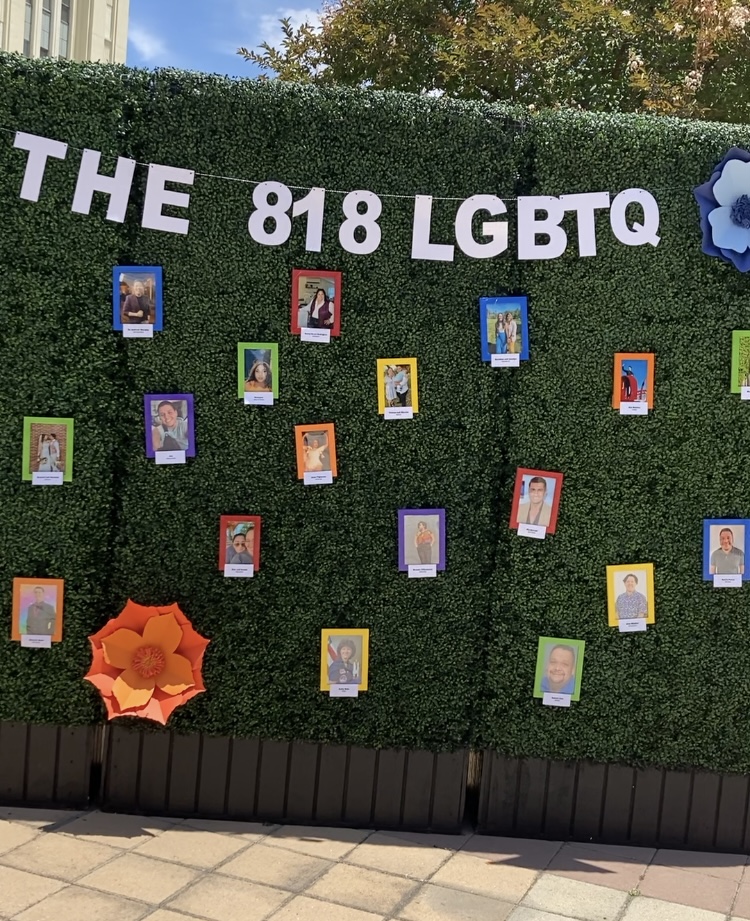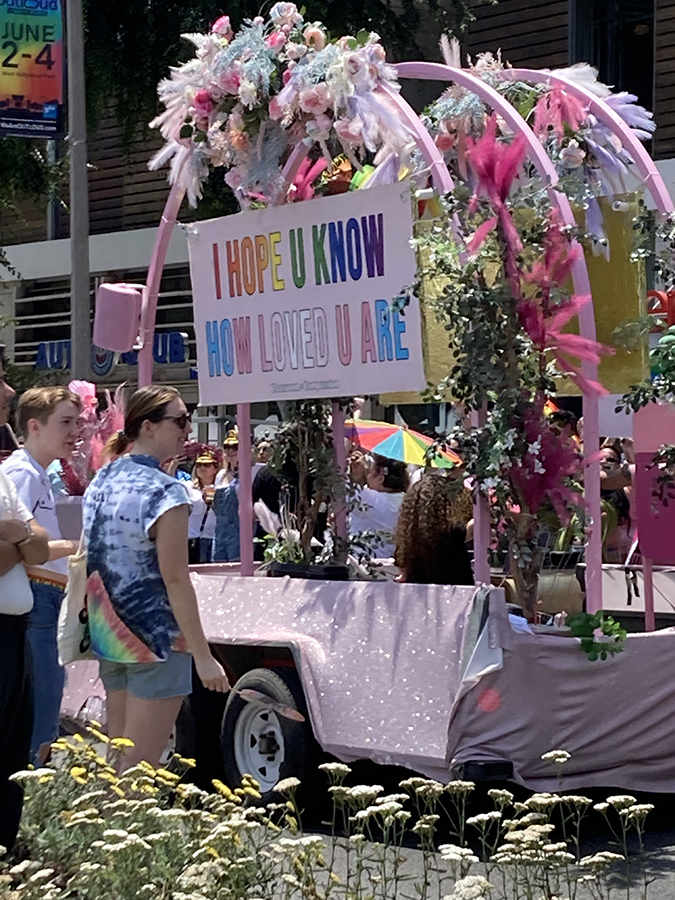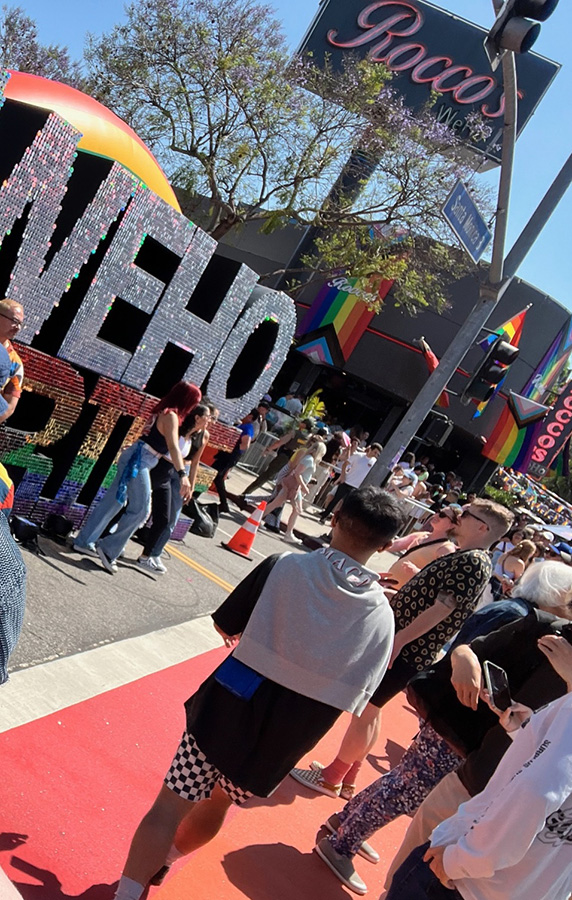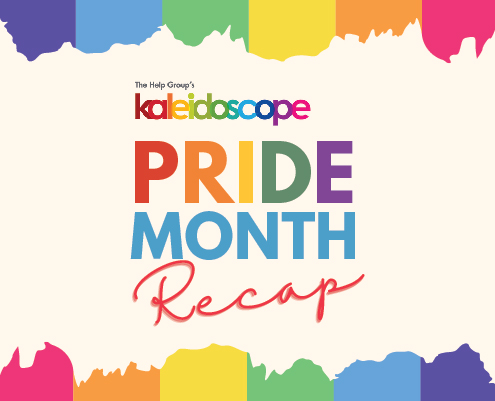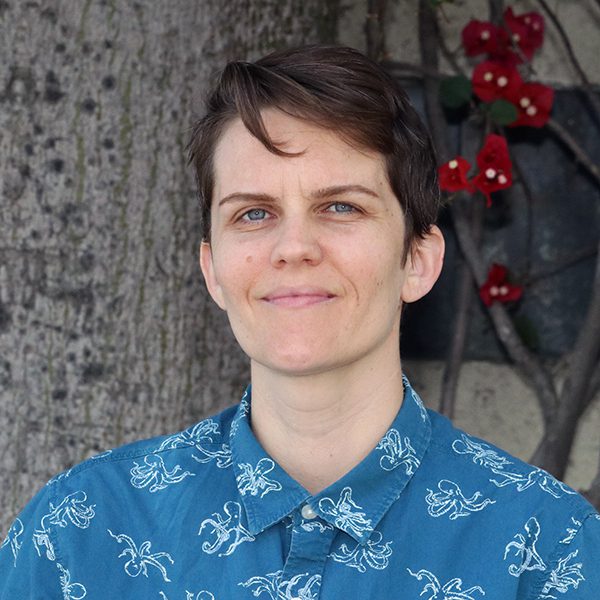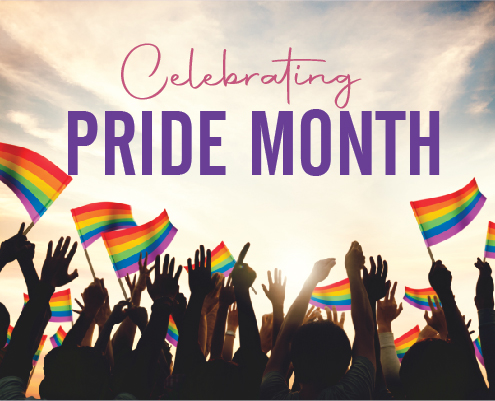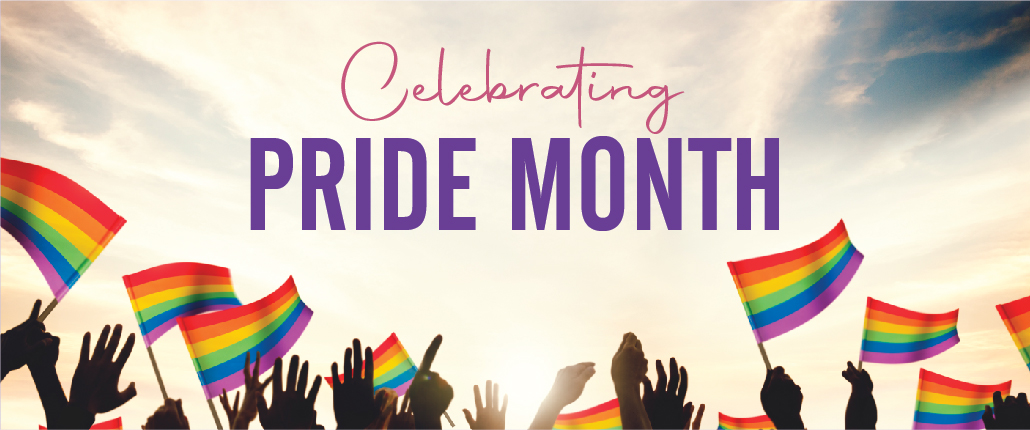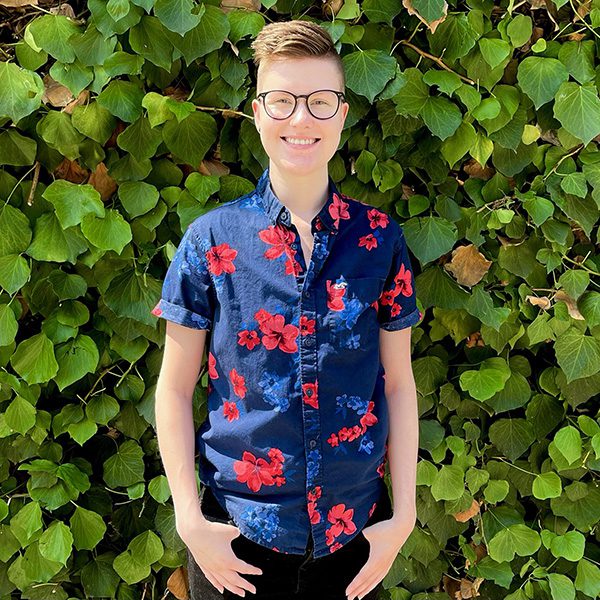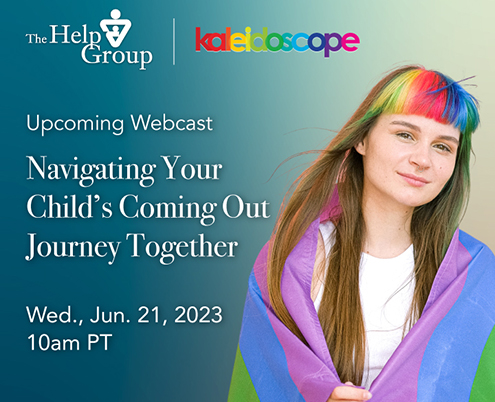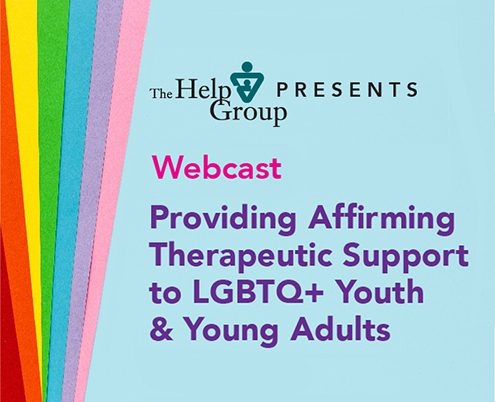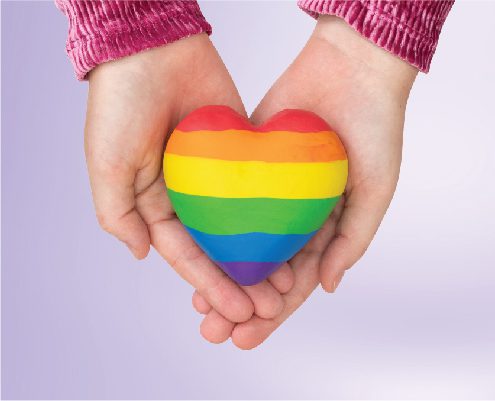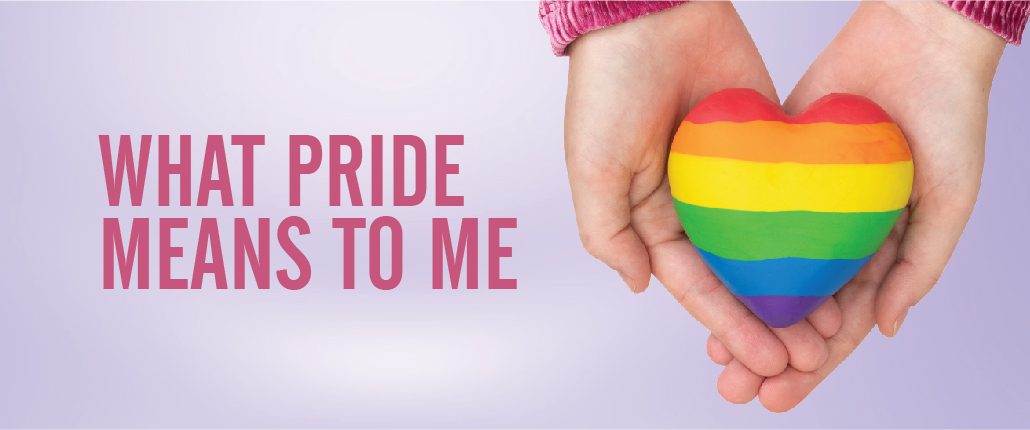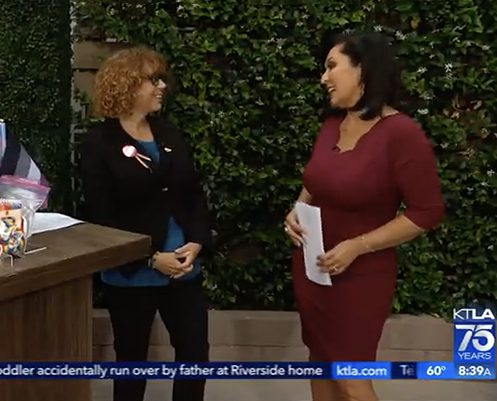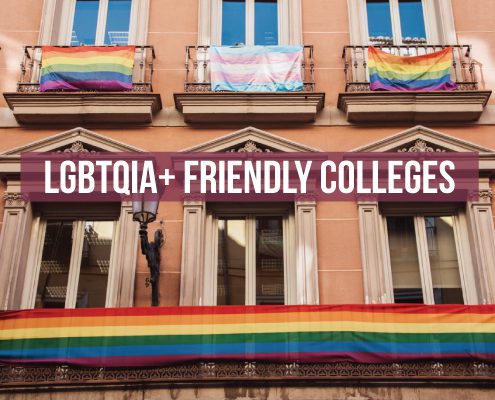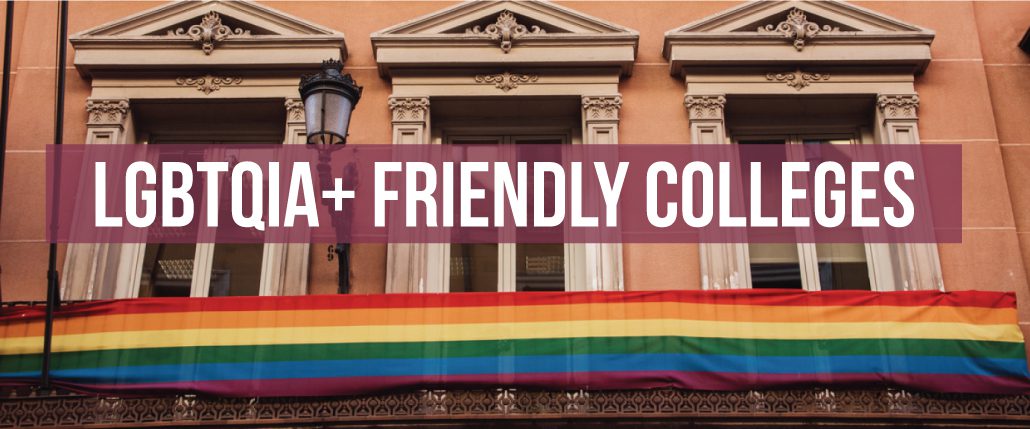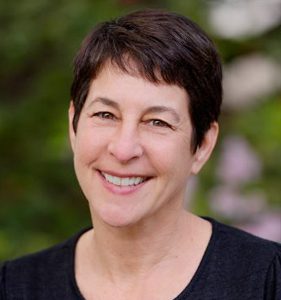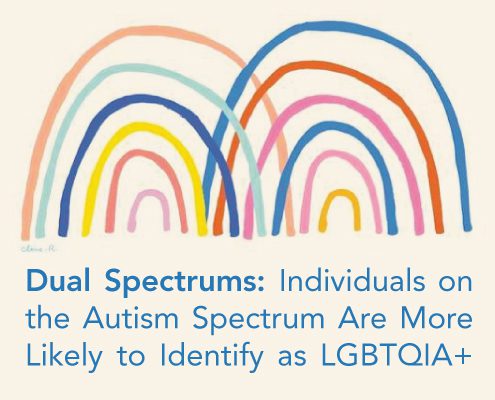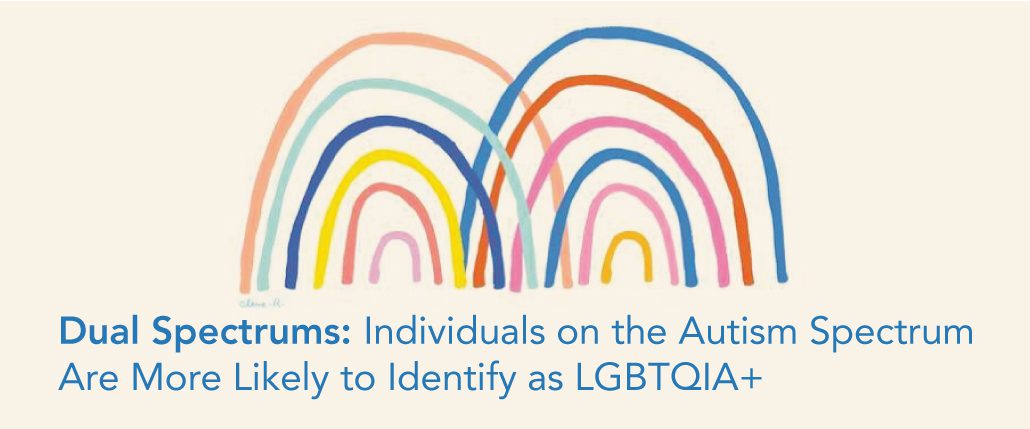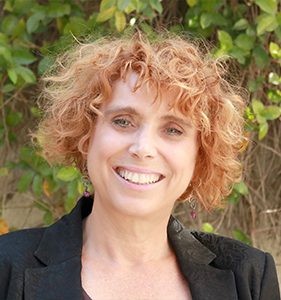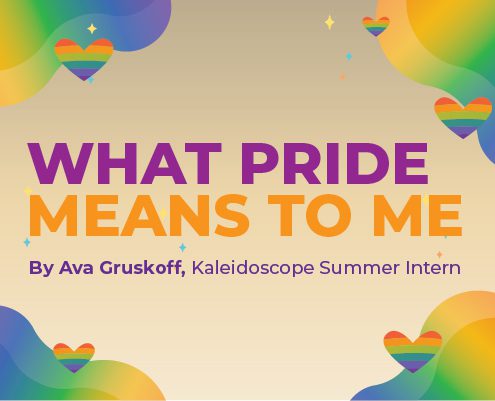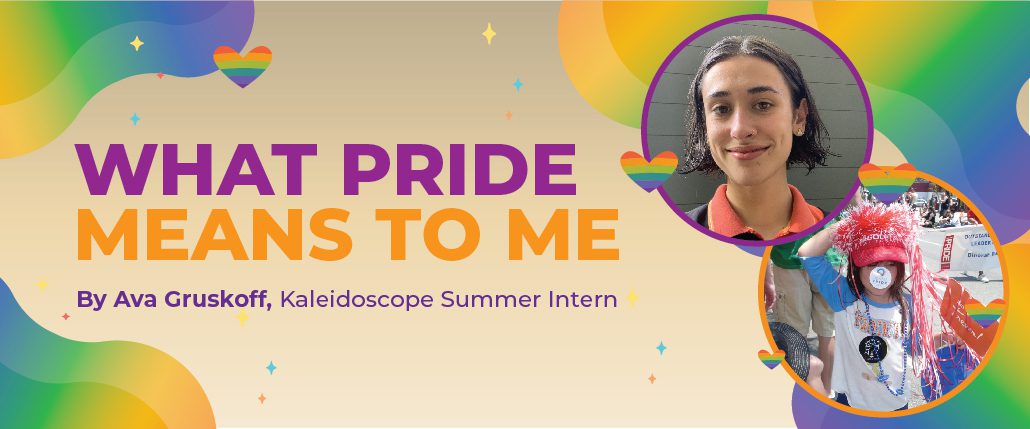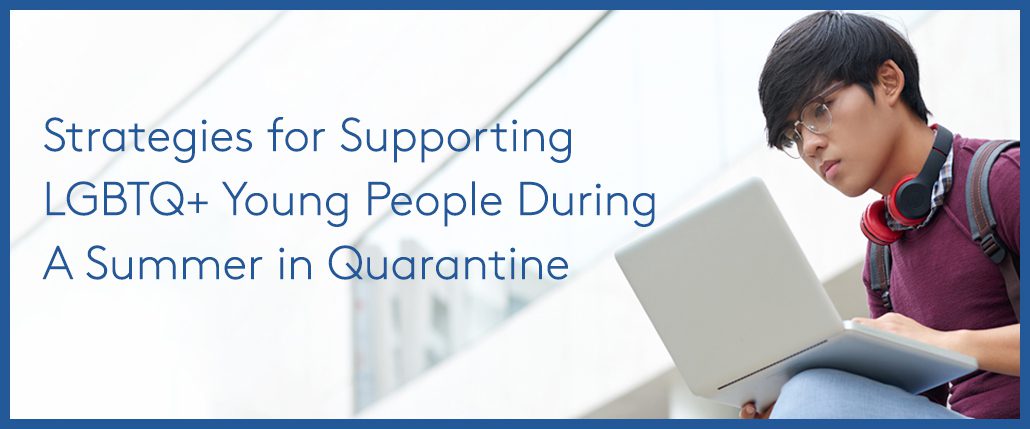Pride Month 2023 Recap
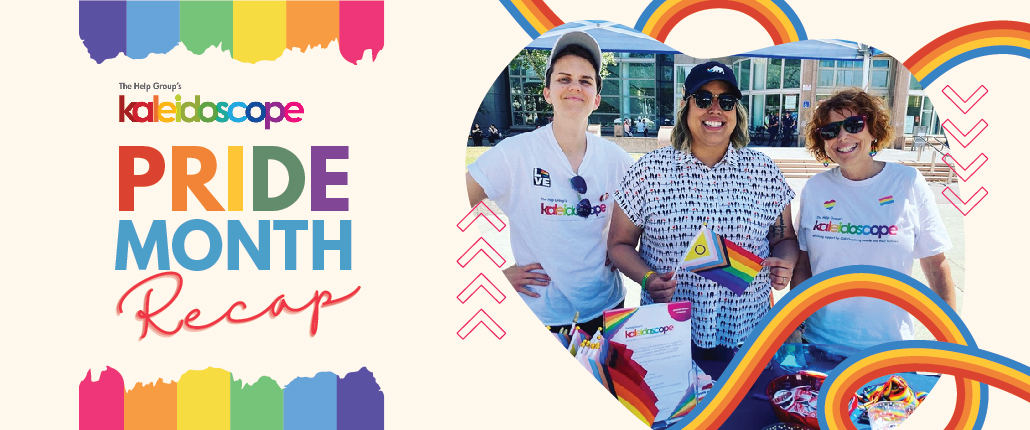
Pride Month 2023 Recap
By Jay Baldwin
Pride Month is always exciting for Kaleidoscope, and this June was no exception, as we proudly participated in numerous pride events across Los Angeles. (And in case you missed our last post about the History of Pride Month, or want to learn more about why the LGBTQ+ community celebrates Pride every year, click here!)
But how exactly did we celebrate pride and drum up support for the LGBTQ+ community? Let’s get into it.
Kaleidoscope at Weho Pride
We kicked off Pride Month at WeHo Pride on June 3th, where Pride has been celebrated since 1979. WeHo pride is considered one of the largest pride events in the country, boasting tens of thousands of individuals from the LGBTQ+ community as well as their allies. Despite the fact that 2023 has seen some of the highest number of anti-LGBTQ+ bills of the past few years, I was struck by the fact that still, our community showed up to shout, cheer, chant, celebrate and not back down.
As an organization that serves LGBTQ+ youth, I was particularly moved by families with children who approached our booth, showed support, sought out resources for the LGBTQ+ young people in their lives, and took away our rainbow themed give aways with smiles on their faces. LGBTQ+ youth are under significant attack right now in the U.S., and the power of affirming parents and caregivers to change and save these young lives cannot be overstated.
Kaleidoscope at LA Pride & Beyond
The celebration continued at LA Pride on June 11th. We were truly honored to be a beneficiary of Cheer LA’s fundraising for the third year in a row and to march alongside them in the LA Pride Parade. Cheer LA is an active group of volunteers seeking to promote awareness, spirit, and diversity in the LGBTQ+ community through dynamic cheer, dance, and stunt performances, and we were honored to receive a generous donation from their fundraising efforts.
We continued to celebrate and bring awareness to our program by taking part in San Fernando Valley Pride on June 24. This was a smaller pride event geared toward building up and spreading awareness of the ever-growing LGBTQ+ community in San Fernando Valley. It was amazing to see how many LGBTQ+ affirming resources there are in this part of Los Angeles County. We made connections with educators, community leaders, social workers, parents, caregivers and LGBTQ+ youth, and were very excited to see Caroline Menjivar, one of the major sponsors and organizers of this year’s Pride event. Caroline is a California State Senator of the 20th District, a member of the LGBTQ+ community, and an important member of Kaleidoscope’s Advisory Board.
Kaleidoscope’s Pride Month Webcast
And finally, Kaleidoscope took the opportunity to offer our support and guidance to parents and givers of LGBTQ+ youth by providing a pride month webcast on June 21st titled, “Navigating Your Child’s Coming Out Journey Together.” This free webcast offered practical strategies and suggestions for understanding the coming out process for young people, exploring and normalizing common reactions when a child comes out, and learning how to compassionately support you and your child during their coming out process If you missed it or would like to re-watch it, please click HERE for the recording.
While June is the biggest month of celebration in the LGBTQ+ community, Kaleidoscope is proud to affirm our LGBTQ+ and neurodiverse young people all year long. If you or someone you know are seeking resources, support or just have questions, don’t hesitate to reach out to us at [email protected].
Here is to being affirmed, seen and loved, today and every day.
